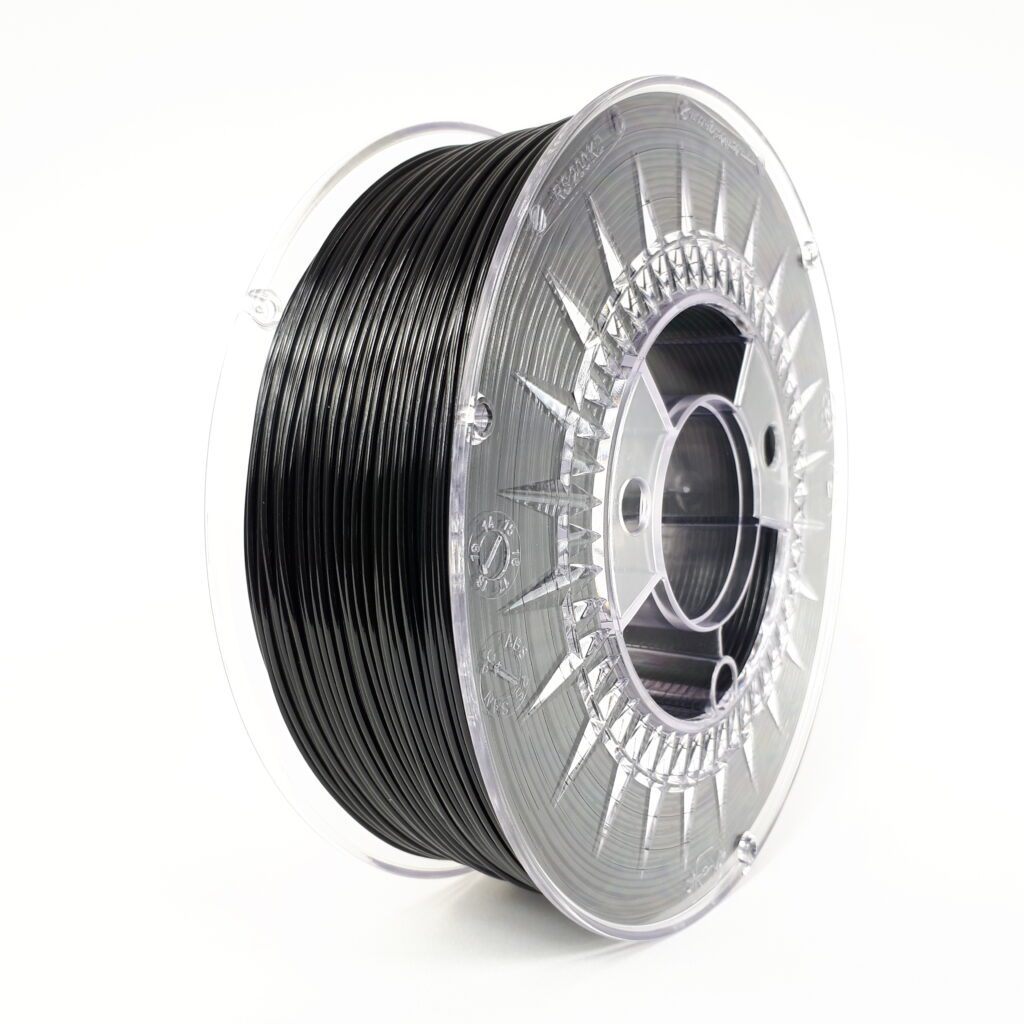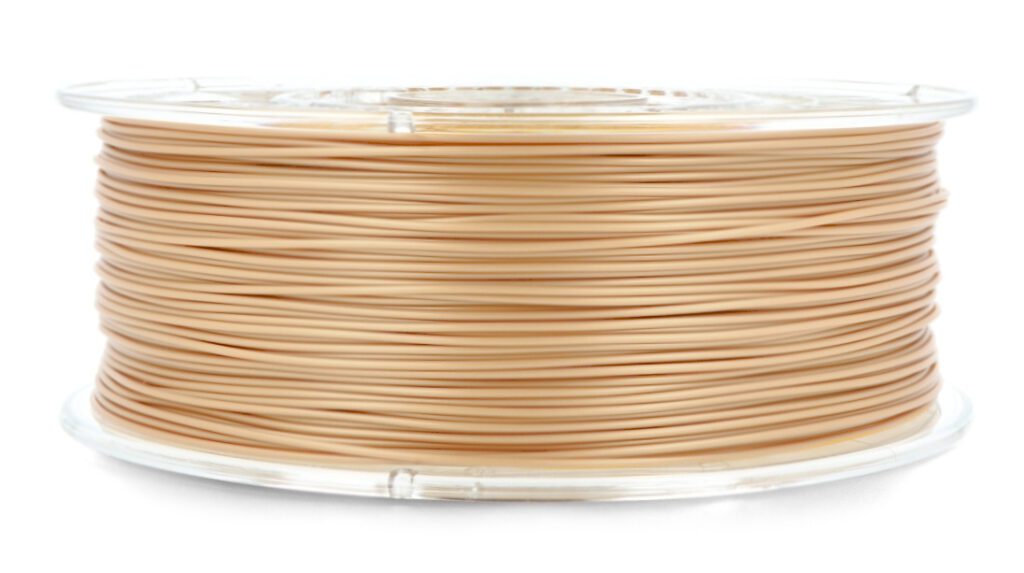Table of Contents:
Discover the fascinating world of 3D printing with TPU filament, a versatile material that is revolutionizing the industry. Find out what unique properties make it so valued among professionals and amateurs. After reading this article, you will be superbly prepared to use TPU in your projects.
TPU filament - basic information
TPU filament
, or thermoplastic polyurethane, is a specific printing material that is gaining popularity. Because of its flexibility, TPU filament is often used where durability and abrasion resistance are key. So what are the basic properties of TPU filament?
- Flexibility – one of the most important advantages of TPU filament. Thanks to this property, objects made of this material are flexible, but at the same time difficult to destroy;
- Abrasion resistance – TPU filament does not degrade quickly, making it an ideal choice for making cases, covers or watch straps;
- High tensile strength – the properties of TPU filament allow the creation of strong and flexible objects that do not break under pressure or tension.
So is TPU filament an attractive choice for your 3D printing projects? It all depends on a number of factors, such as the complexity of your project, the required properties of the final product and available sources. Remember, however, that the flexibility of this material requires special attention during printing for optimal results.
Examples of TPU filament applications
The possibilities offered by the filament
TPU
, are really wide. Popular applications for this innovative technology begin with the automotive industry, through medicine and even environmental protection efforts. In automotive applications, TPU filament is often used for shock absorbing and vibration damping components due to its high flexibility and strength. In addition, due to its abrasion resistance, it is ideal for the production of parts that are subjected to intense wear.
In the medical field, TPU filament is used to create customized prostheses, orthoses or medical apparatus components. It is particularly valued for its hypoallergenicity, which is determined by the absence of latex in the composition of the material. In the environmental sphere, the popularity of eco-friendly TPU filament variants is growing.
TPU filament is therefore a versatile material that enables the realization of immediate and durable solutions suitable for many sectors and specialized applications.
Comparison of TPU with other filaments
In the world of 3D printing,
TPU filament
stands out from other filaments, such as
PLA
,
ABS
or
PETG
. So let’s take a closer look at this comparison of filaments. PLA fil ament is one of the most popular on the market, mainly due to its ease of use and biodegradability. However, it offers limited strength and flexibility. On the other hand, ABS filament, while more difficult to handle, offers better strength and has the same thermal properties as TPU, but does not match it in flexibility.
PETG filament combines the features of both of these materials, with exceptional strength and simultaneous ease of printing. However, its flexibility is still significantly lower than that of TPU filament. One of the main advantages of TPU filament is its ability to print highly flexible and durable objects, making it an ideal choice for otherwise difficult tasks, such as cushioning components or custom medical prostheses.
So it is worth making an informed choice, taking into account the unique advantages of each filament. Remember, however, that printing with TPU filament requires some experience and specialized equipment to enjoy the highest quality prints.
3D printing using TPU filament
3D printing using
TPU filament
demonstrates the innovation of the technology and the potential of this unique material. The process of printing with TPU is slightly different from typical filaments such as PLA or ABS.
Due to the flexibility of TPU filament, the printing process requires precise metering and an appropriate speed-temperature ratio. The key is to ensure a stable and well-thought-out structure, where each layer is solidly cured before the next layer is applied. This makes it possible to create objects with incredible strength and flexibility.
In addition, when 3D printing with TPU filament, it is important to carefully monitor the process to avoid errors that may result from the characteristics of the material. It is suggested to use specialized equipment for printing with TPU, such as special nozzles or feeder modules that provide better control of the filament. TPU filament is more difficult to master, but with the right approach and experience, the possibilities it offers are impressive. When used correctly, 3D printing with TPU filament allows you to create products with unique properties, pushing the boundaries of traditional manufacturing techniques.
Tips for choosing TPU filament
Deciding to choose
TPU filament
, it is worth considering several issues. Most important is the nature of our project – are durability and flexibility key to the final product? If so, TPU filament is an excellent solution. When creating models that are to be exposed to frequent contact or pressure, such as equipment housings or mechanical circuit components, choosing TPU filament is the right move.
The second factor is experience in 3D printing. TPU filament, despite its many advantages, is more difficult to handle than typical filaments like PLA or ABS. When 3D printing with TPU, you need to ensure precise dispensing, proper temperature and speed control. Specialized nozzles or feeder modules are also required to work with this material. Hence, before deciding on TPU filament, make sure you have the right equipment and the necessary experience. Regardless of these aspects, it is worth considering the choice of TPU. Its capabilities are impressive and its advantages unquestionable.
How useful was this post?
Click on a star to rate it!
Average rating 0 / 5. Vote count: 0
No votes so far! Be the first to rate this post.





















